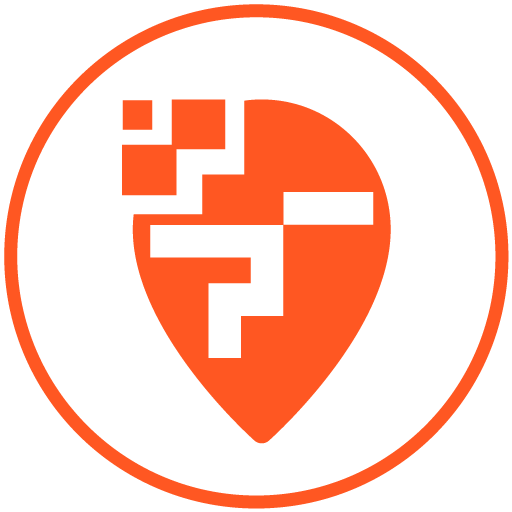
Free QR Code Generator
The ultimate free tool for creating high-quality, custom static QR codes. Enter your data, customize the design, and download instantly in PNG format — no sign-up required.
Creating a custom QR code is incredibly simple with our tool. Follow these four steps to generate and download your code in under a minute.
Step 1: Select Your QR Code Type
Begin by choosing the type of information your QR code will store. Our generator supports a URL to link to websites, Text for plain text messages, and Wi-Fi to share network access easily.
Step 2: Enter Your Content
An input field will appear based on your selection. Carefully enter the website address, message, or Wi-Fi details. The QR code on the right will update instantly as you type.
Step 3: Customize the Design (Optional)
Make your QR code stand out. Use the color pickers to change the foreground and background colors. For best results, always ensure high contrast between the two. Use the slider to adjust the final size of the image.
Step 4: Download and Use
Once you are happy with your QR code, click the 'Download PNG' button. The high-resolution image is yours to use anywhere—on print materials, websites, or presentations, for both personal and commercial projects.
QR codes have become an essential tool for bridging the physical and digital worlds. This guide will help you understand what they are, how they work, and how to create effective codes for your business or personal needs.
What is a QR Code?
A QR (Quick Response) code is a two-dimensional barcode that can store a wide variety of information. Unlike a traditional barcode that holds data horizontally, a QR code holds data in both horizontal and vertical directions. This allows it to store significantly more information in a compact space. Most modern smartphones can scan them instantly using their built-in camera apps, making them incredibly user-friendly.
Common Use Cases for QR Codes
The versatility of QR codes makes them useful in countless scenarios:
- Marketing & Advertising: Link print ads, posters, or product packaging directly to a website, landing page, or video demonstration.
- Wi-Fi Access: Our tool specializes in this. Generate a QR code for your Wi-Fi network so guests can connect automatically without entering a password.
- Business Cards: Link to a digital portfolio, website, or LinkedIn profile.
- Restaurants & Venues: Provide contactless menus, event schedules, or feedback forms.
- Payments: Facilitate quick, cashless payments by linking to a payment URL.
- Personal Use: Share a link to a photo album, a Google Maps location for a party, or simply a fun message.
Static vs. Dynamic QR Codes Explained
It's important to understand the two main types of QR codes:
- Static QR Codes (Like Ours): The data is encoded directly into the code itself. This means the information cannot be changed once the code is generated. They are perfect for permanent information like your website URL or Wi-Fi credentials. They are free and will never expire.
- Dynamic QR Codes: These codes contain a short URL that redirects to the final destination. This allows you to change the destination URL later without needing to reprint the QR code. Dynamic codes usually require a paid subscription service to manage the links and track analytics.
Best Practices for QR Code Success
- Always Test Your Code: Before printing, scan the code with multiple devices (iOS and Android) to ensure it works perfectly.
- Size Matters: A QR code should be large enough to be easily scannable from a reasonable distance. A minimum size of 1x1 inch (2.5x2.5 cm) is a good rule of thumb for print.
- Provide a Call to Action: Don't just place a QR code without context. Add a short, clear instruction like "Scan to View Our Menu" or "Scan for Wi-Fi Access."
- High Contrast is Key: Ensure your foreground color is significantly darker than your background color. Black on white is the most reliable combination. Always prioritize readability over complex color schemes.